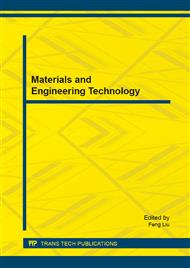p.405
p.411
p.417
p.426
p.431
p.436
p.443
p.448
p.452
A Study on Minimum Variance Benchmark under Actuator Constrains and Stochastic Disturbances
Abstract:
As a benchmark to assess the performance of the control loops, MV (minimum variance) has been widely used in industrial process.MV control gives the lowest achievable output variance when there is no constraint on the actuator. In this paper, it shows that MV controller is no longer optimal and the mean of the output value is non-zero when the constraint is active and the parameter of the disturbance is approaching to one. In order to achieve the lowest variance of the output value, and the mean of the output value can be approaching to zero, a new approach is proposed in this paper. The proposed method is imposing a compensation value on the constrained MV control law, meanwhile, a new performance index function is introduced. As a result, it is believed that this method is more effective to the real industrial process for systems with actuator constraints and stochastic disturbances. Simulation example demonstrates the usefulness of this method.
Info:
Periodical:
Pages:
431-435
Citation:
Online since:
January 2015
Authors:
Price:
Сopyright:
© 2015 Trans Tech Publications Ltd. All Rights Reserved
Share:
Citation:


